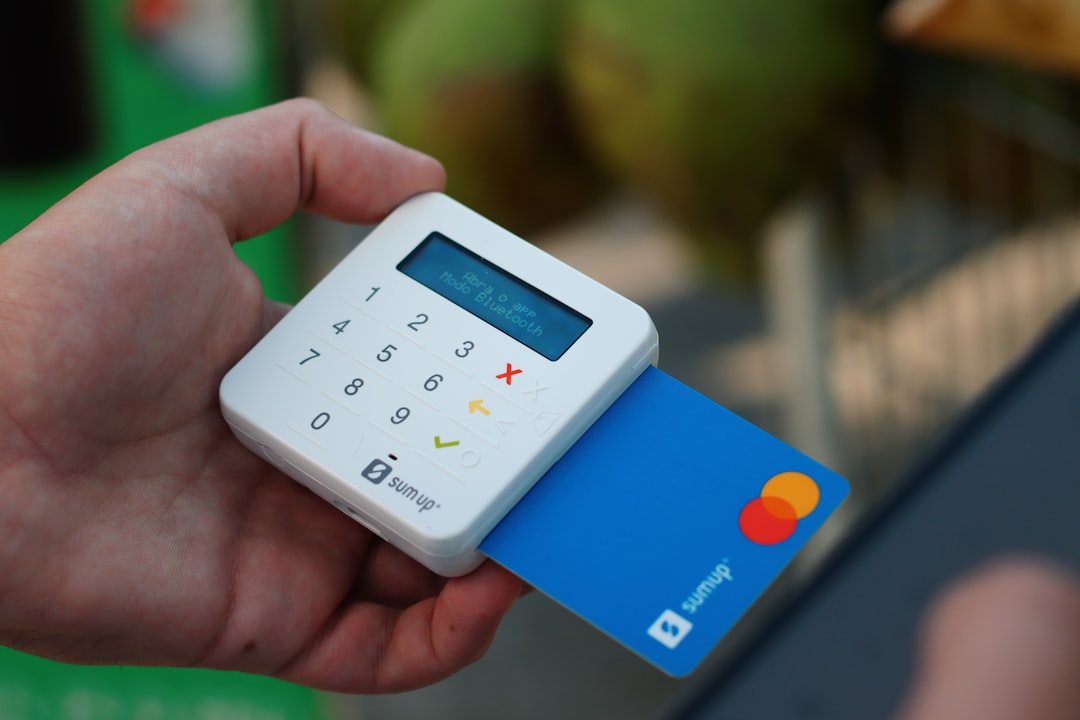Setting up a reliable and efficient payment system is crucial for the success of any small business. Whether you operate a brick-and-mortar store, an online shop, or offer services, having a well-integrated payment solution ensures smooth transactions and customer satisfaction.
Understanding Your Payment Needs
Before selecting a payment system, consider the type of business you run. Ask yourself:
- Do you need in-person, online, or mobile payments?
- Will you accept credit and debit cards, digital wallets, or bank transfers?
- What is your average transaction volume and frequency?
Answering these questions will help you choose a payment system that suits your business model.
Choosing the Right Payment Methods
There are several payment options available to small businesses. The most common ones include:
Credit and Debit Card Payments
Accepting card payments is essential for most businesses. Payment processors like Stripe, Square, and PayPal allow merchants to process transactions securely.
Mobile and Contactless Payments
With the rise of digital wallets like Apple Pay and Google Pay, contactless payments have become more popular. These options improve the customer experience and speed up transactions.
Online Payment Gateways
If you run an eCommerce store, integrating a payment gateway such as PayPal, Authorize.Net, or Stripe ensures a seamless checkout experience for customers.
Bank Transfers and Direct Deposits
For service-based businesses or large transactions, direct bank transfers can be a cost-effective solution, avoiding card processing fees.

Selecting a Payment Processor
Once you determine the payment methods to accept, the next step is choosing a payment processor. Consider these key factors:
- Transaction Fees: Compare fees associated with card processing and online transactions.
- Security: Ensure the provider complies with PCI DSS (Payment Card Industry Data Security Standard).
- Integration: Check if the payment processor integrates smoothly with your website, POS system, or accounting software.
- Customer Support: Look for a provider with reliable support in case of payment disputes or technical issues.
Some popular payment processors for small businesses include Square, Stripe, PayPal, and Authorize.Net.
Setting Up a Payment System
Follow these steps to set up your payment system:
- Register Your Business: Ensure your business is legally registered and has an associated bank account for transactions.
- Select a Merchant Account or Payment Processor: Open an account with your chosen payment provider.
- Integrate with Your Website or POS System: If selling online, install and configure a payment gateway plugin.
- Set Up Security Measures: Use encryption, fraud detection tools, and two-factor authentication for added security.
- Test Transactions: Before going live, process test payments to verify functionality.

Ensuring Payment Security
Security is paramount in payment processing. To protect your business and customers:
- Ensure PCI compliance with any payment processor you choose.
- Use SSL encryption on your website to secure transactions.
- Monitor for fraud and use tools like address verification (AVS) and CVV checks.
- Educate your staff about handling sensitive payment data securely.
Managing Payment Processing Costs
Payment processing fees can add up, so consider the following ways to reduce costs:
- Choose a processor with competitive fees that align with your transaction volume.
- Encourage customers to use preferred payment methods with lower transaction costs.
- Negotiate better rates with payment processors once your business scales.

Conclusion
Setting up a payment system for your small business requires careful planning and the right technology. By selecting secure and cost-efficient payment methods, choosing a reputable processor, and implementing fraud prevention measures, you can provide a seamless and trustworthy experience for your customers. Prioritize security, ease of use, and affordability to ensure smooth financial transactions and long-term business growth.
